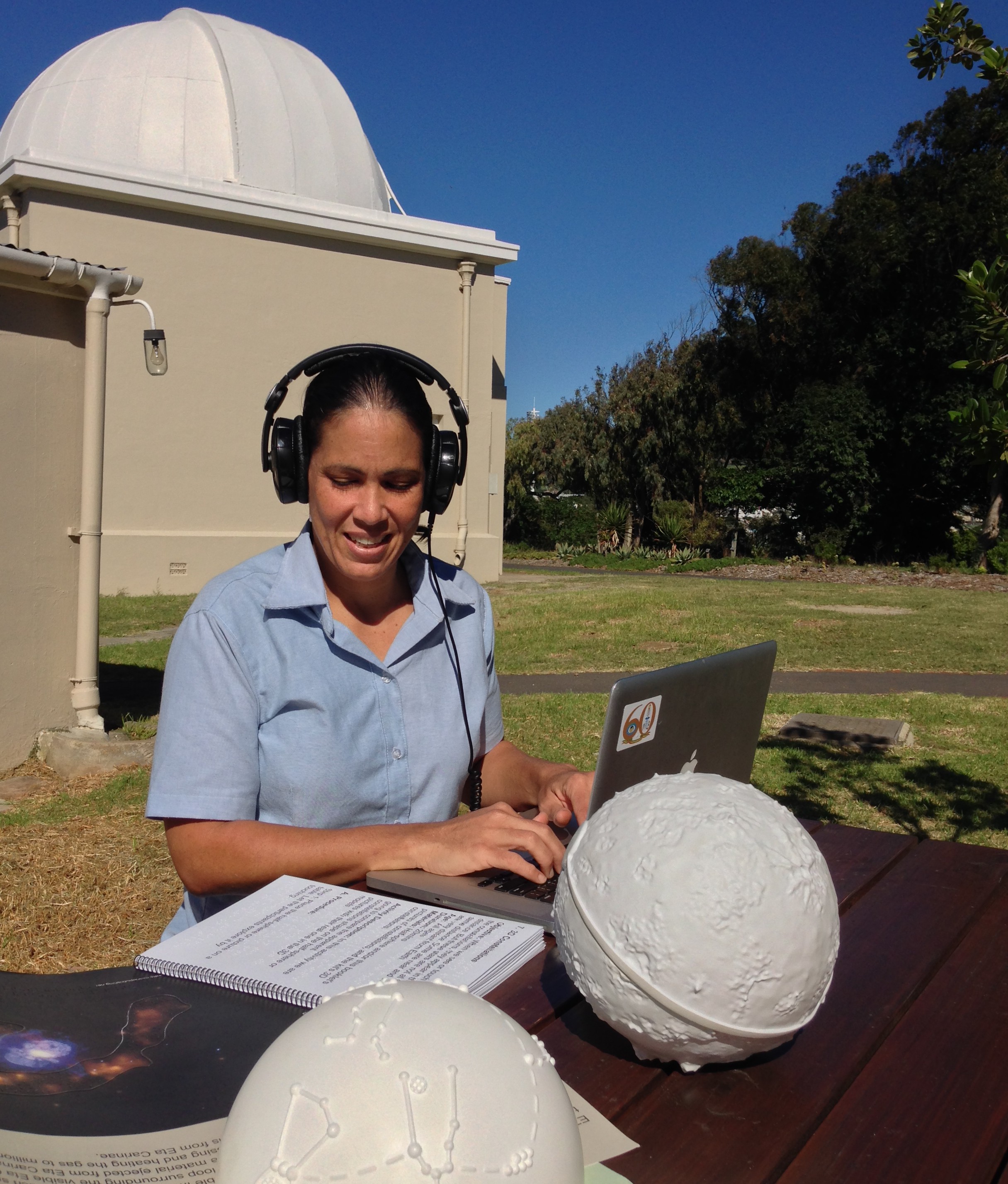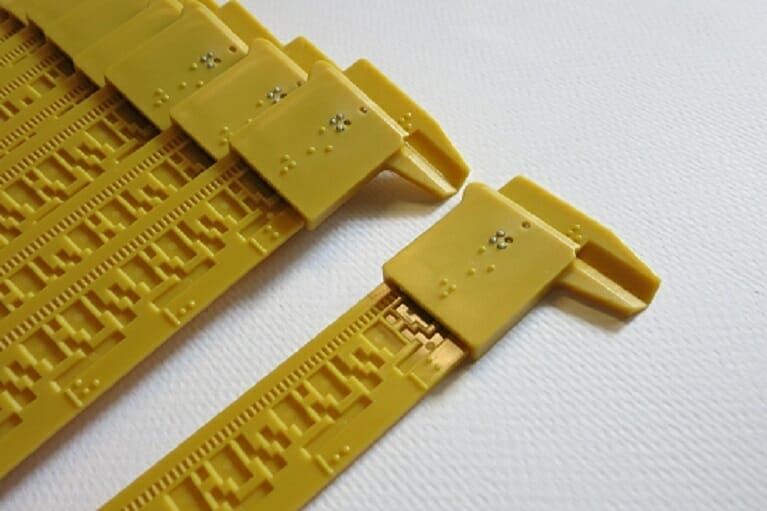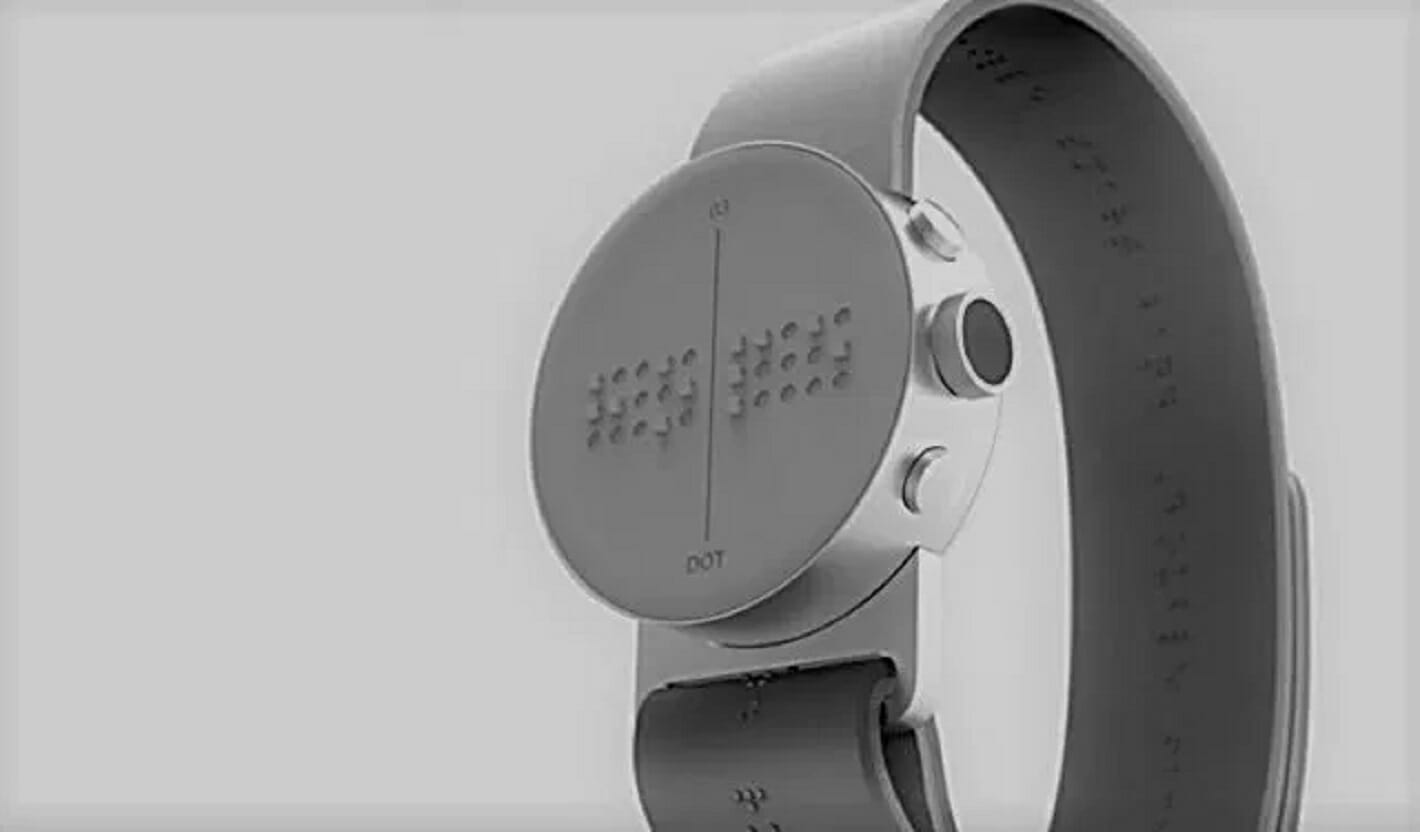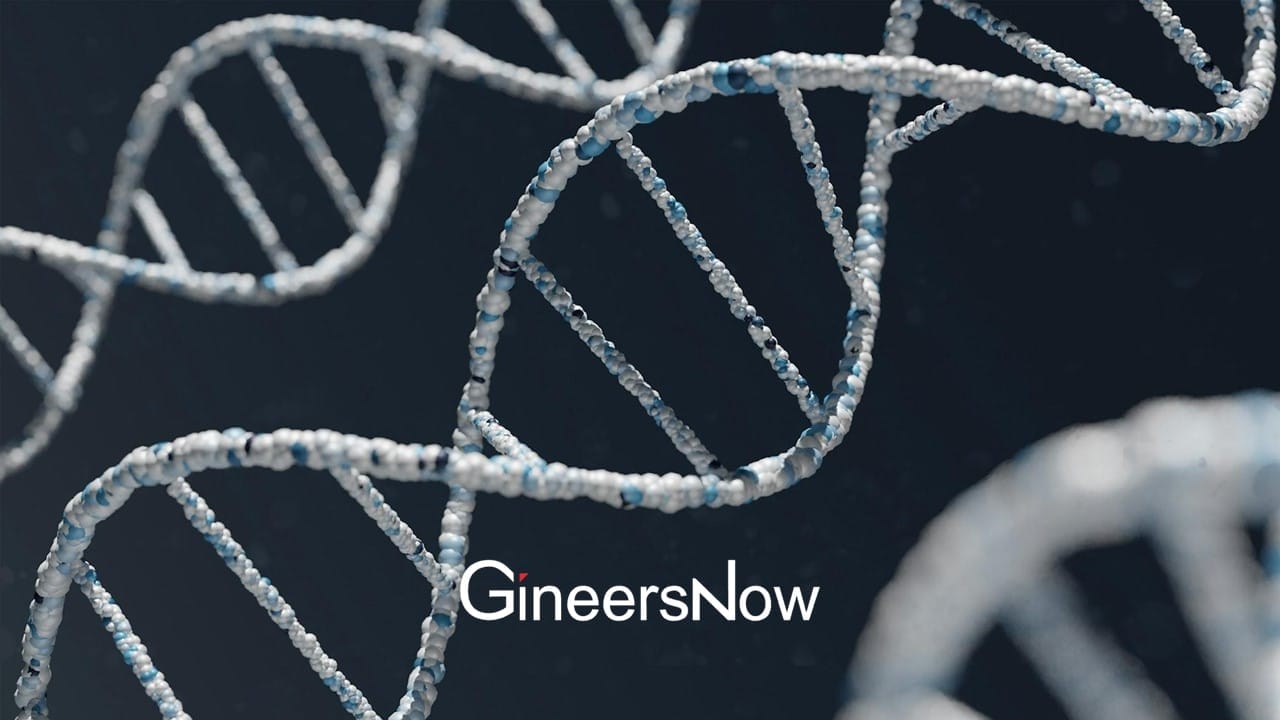Wanda Diaz Merced was an astronomer who lost her sight in her early 20’s, when she was studying supernova explosions—the most energetic events in the universe. Many may think that her impairment would have ended her career, but instead of doing so, she found a way to continue her passion for science. She found a revelatory insight: the light curves she could no longer see could be translated into sound. By the means of sonification, Merced was able to regain expertise and mastery over her passion. Merced became a sonic astrophysicist.
Source: YouTube, TEDx Talks
According to Merced, sonification is using sound waves to detect different patterns in stellar radio data, as well as discovering connections that can’t be properly translated by means of visual representation and graphs. This technique that she developed is capable of translating complex universal data into audible sounds by sound characteristics such as duration, pitch, and others.
“I thought long and hard about it when I suddenly realized that all a light curve is, is a table of numbers converted into a visual plot. So along with my collaborators, we worked really hard and we translated the numbers into sound. I achieved access to the data, and today I’m able to do physics at the level of the best astronomer, using sound. And what people have been able to do, mainly visually, for hundreds of years, now I do it using sound.” Merced said in a TED Talk

Source: Astro4dev
Merced explains that the process involves mapping the visual data into the pitch and the bursts of supernova explosions last long enough to support wave resonances. Once the extremely strong low-frequency regions or bass lines are being examines, they take note of resonances characteristic of electrically charged gases like the solar wind.
Merced has been working on analyzing measurements from other telescopes as well. Her experiment results showed that when we use sound as an adjunctive visual display, astronomers will be able to get more in depth data. Therefore, through looking at a cosmic body’s audio, astronomy is given an additional transformative element. This is definitely more than just visual science and proves that there is more than meets the eye.
Source: YouTube, TED
When the matter around the star gets dragged around, it transmits power with frequency and field distribution that is determined by its dimensions. When a huge massive star turns into a strong magnetic field magnetar, is outflows from the exploding star and can be linked with a gamma-ray burst. By listening to a gamma-ray burst, this might give sighted astronomers more information in the data.
Merced wanted to point out that this technique, sonification, allows scientists or future scientists who have disabilities to pursue with astronomy.

Source: Elfastronomy
“I think that science is for everyone. It belongs to the people, and it has to be available to everyone because we are all natural explorers. I think that if we limit people with disabilities from participating in science, we’ll sever our links with history and with society.”

Source: Elfastronomy
Merced is currently working at the South African Astronomical Observatory. She is continually improving sonification techniques for disabled students of the Athlone School for the Blind. The students learn sonification methods and radio astronomy to study different astronomical events.
Article Source:
Youtube, TED Talks













